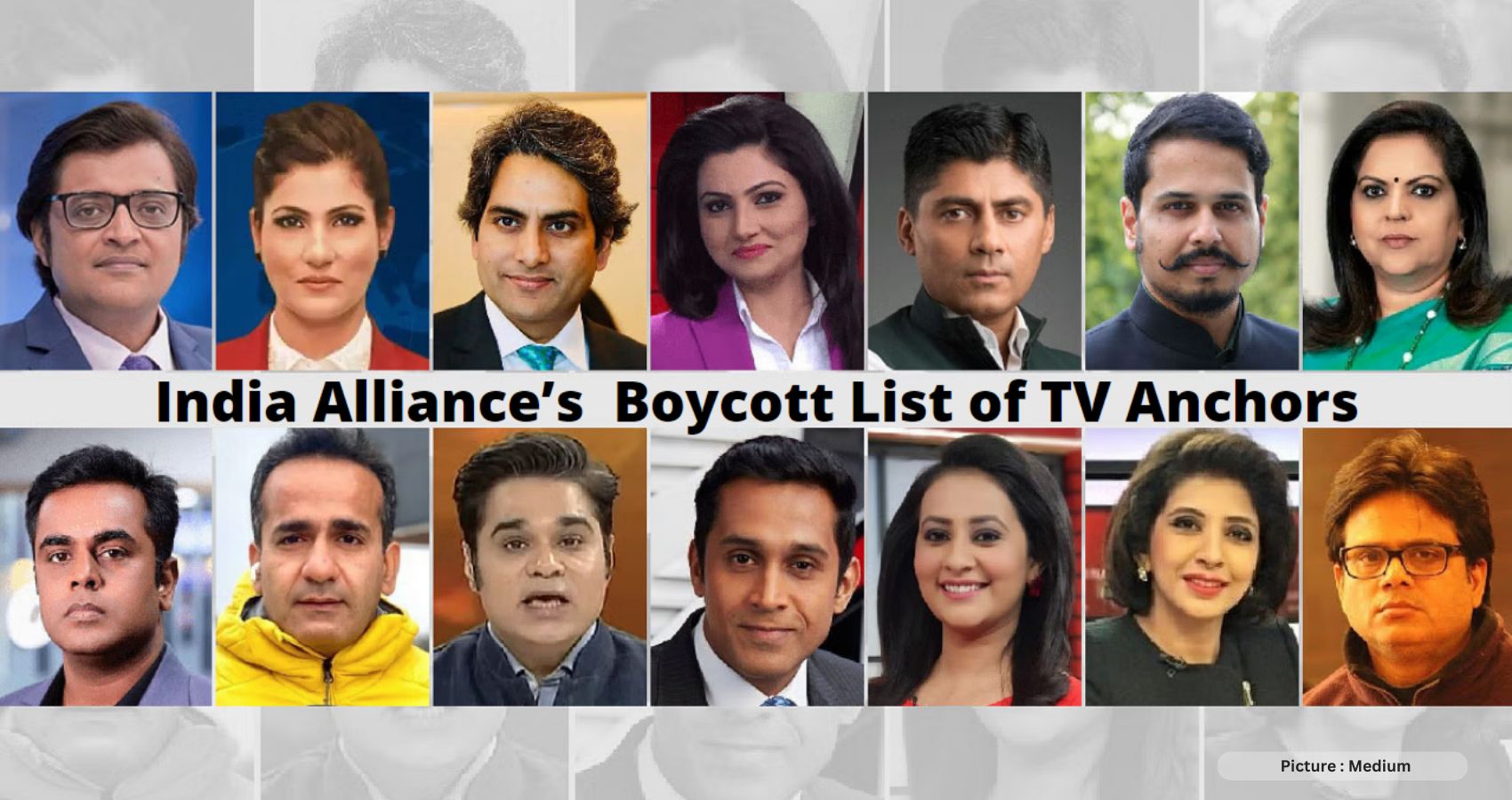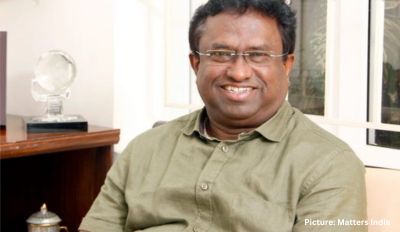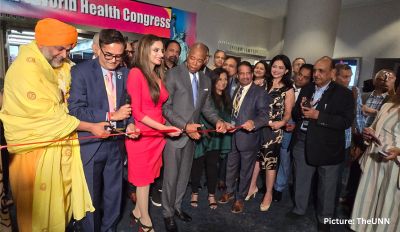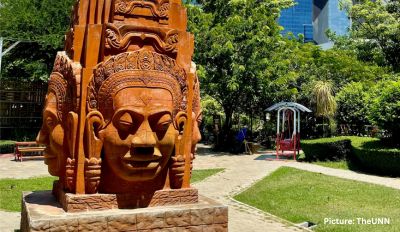The INDIA opposition alliance has revealed a list of 14 news television anchors whose shows their representatives will boycott. While no specific reason was initially provided, several opposition leaders have referred to this group as the “WhatsApp group of the BJP Media Cell.”
The arguments against this boycott encompass various concerns, notably those related to press freedom and historical references to the “Emergency” era. It’s important to examine the available evidence that suggests certain anchors and TV stations function as extensions of the government.
On June 19, 2020, Arvind Gunasekar, a correspondent for NDTV, tweeted the contents of a note provided by the government to journalists as “talking points” following an all-party meeting regarding the Chinese intrusion issue. This meeting featured Prime Minister Narendra Modi’s assertion that there had been no intrusion by China in eastern Ladakh.
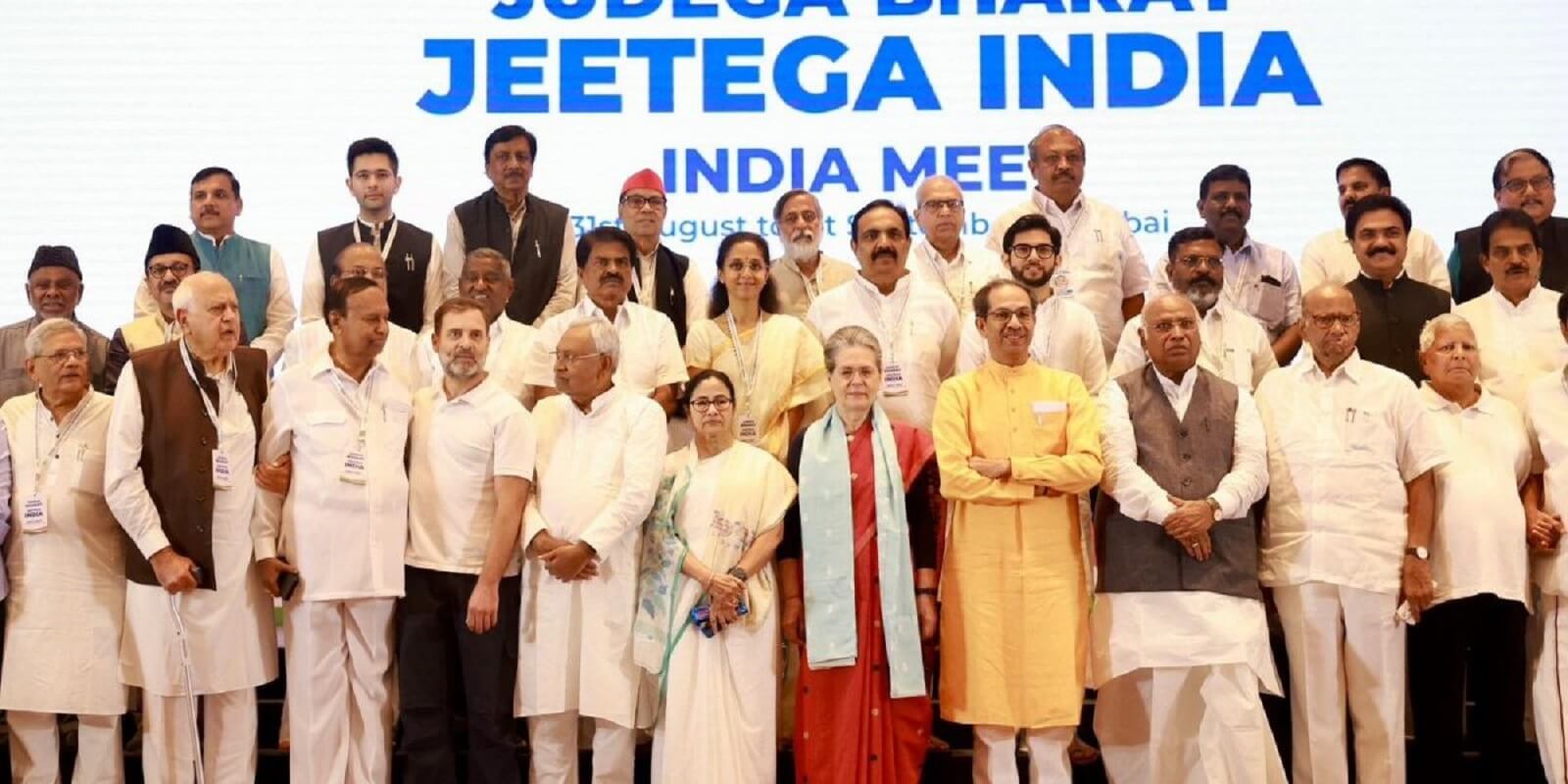 The talking points presented by the Modi government aimed at shaping media headlines, emphasizing India’s support for the Prime Minister and downplaying Congress’s efforts to create divisions. Channels adhered to these instructions, evident in the subsequent Times Now prime-time debate titled “All parties unite behind India but Sonia Gandhi won’t slam China?” and Republic TV’s debates with headlines like “Unarmed with fact, Congress insults Army” and “Is there a ‘special relation’ between the Congress and China?”
The talking points presented by the Modi government aimed at shaping media headlines, emphasizing India’s support for the Prime Minister and downplaying Congress’s efforts to create divisions. Channels adhered to these instructions, evident in the subsequent Times Now prime-time debate titled “All parties unite behind India but Sonia Gandhi won’t slam China?” and Republic TV’s debates with headlines like “Unarmed with fact, Congress insults Army” and “Is there a ‘special relation’ between the Congress and China?”
During the months of May, June, and July, Times Now conducted 33 prime-time debates critical of the opposition, while none critiqued the actions of the Narendra Modi government. Similarly, Republic TV held 47 debates criticizing the opposition and none addressing the government’s actions or the economic recession. This period coincided with a 21-day consecutive increase in petrol and diesel prices.
On June 16, India reported the loss of 20 soldiers in the Galwan Valley in Ladakh during hand-to-hand combat with Chinese forces. Concurrently, daily Covid-19 infections surged from 2,300 cases on May 1 to over 57,000 daily cases by July 31. However, the focus of the “debates” remained skewed.
Subsequently, the Indian Journalism Review published another note that the Prime Minister’s Office (PMO) had circulated to television channels, directing their focus. The note highlighted PM Modi’s leadership in pushing back China and promoting the concept of Atma Nirbhar Bharat (self-reliant India). Times Now and Republic TV responded with debates echoing these sentiments.
Analysts, including political scientist Christophe Jaffrelot and data analyst Vihang Jumle, examined Republic TV’s content in a study published at the end of 2020. They concluded that Republic TV’s debates consistently favored the Modi government, BJP ideology, and policies while neglecting crucial issues like the economy, education, and health. The study found that almost fifty percent of Republic TV’s political debates criticized the Opposition, with none supporting it.
To revisit the initial question—what evidence suggests that certain anchors and TV stations function as extensions of the government—the evidence is quite clear for those willing to seek it. The opposition’s decision to boycott these anchors and shows appears justified, given their perception of a rigged media landscape. One can only hope, although optimism is limited, that this action serves as a corrective measure for the media’s current state of affairs, which has had detrimental effects on the nation.

